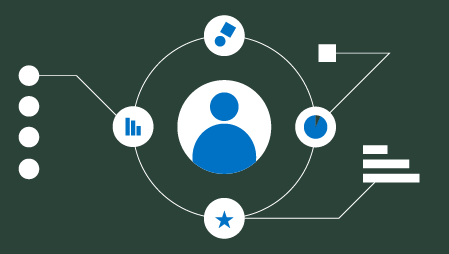Ready to learn Data Analytics? Browse Data Analyst Training and Certification courses developed by industry thought leaders and Experfy in Harvard Innovation Lab.
3 Steps to ace talent analytics, shown using real-world insights
Did you know that San Francisco and New York offer the richest pool of JavaScript talent in the US, while Seattle is the go-to location for C# programmers, based on public Github data?
In India, Bangalore is the top hub for coding talent, wherein Java has the most Github repositories. This is in sharp contrast to patterns seen in most US cities, where Java falls into the fourth slot, after Javascript, Python, and Ruby.
A leading Asian retail bank found that employee stock options (ESOPs) was the strongest influencer of employee performance in annual reviews, and this was more pronounced in specific business units. The bank also found that employees engaged in company CSR activities exhibited least risk of attrition.
Data-driven talent management
Insights such as these demonstrate that data can help surface the apparently invisible, but stronger undercurrents of human behavior.
Data analytics can be a potent tool to better understand employees and their engagement levels in organizations. It can transform the length and breadth of the HR function, from reducing hiring bias, improving employee relationships, finding drivers of performance, to helping manage attrition.

HR processes capture a wealth of data, right from initial contact and extending long after employees move out of active engagement. This data can provide particularly valuable nuggets of actionable insights, and when enriched with the right external sources, it can turn into a goldmine.
Three Recommendations for a smarter HR function
Here are 3 steps for success in the journey towards smarter talent management. To illustrate each of these points, I’ve used data stories from real-world business case studies, drawn from our work at Gramener.
1. Data is never a limitation, get creative with your data sources
Lack of data or an insufficiency of curated sources is an oft-cited complaint for slow progress in data-driven HR decision making. People quote how the function is driven by excel sheets, or how feeds can never be pulled together for a single employee view, notwithstanding decades of digitization.
Invariably, in all such situations, we’ve seen that there is always a means to an end, provided one gets creative. There is a multitude of data trails that org systems generate, such as biometrics, intranet logs or sensor-enabled smart offices. And these can be harvested without trampling privacy or ethics.
A leading, global consulting firm struggled with the sharing of best practices within their divisions. An analysis of the emails recipients list (without using any content) showed that retail teams in US and Europe spoke little, unlike other divisions. The clear action was to setup cross-regional teams to promote exchanges.

Network traffic showing the exchange of emails amongst global teams in a Consulting firm
2. Use the full toolbox, not just advanced analytics
Conversations in analytics invariably get started with AI-driven algorithms. People talk about predicting behavior even before getting a grounded understanding on what their employees want. As the saying goes, there is fortune at the bottom of the pyramid, even in the analytics toolbox.
It is important to start simple to discover ‘what happened’ and ‘why it happened’ for the biggest impact to business. With this as a base, one can then crystal-ball gaze into the future to find what would manifest or how it can be influenced. There’s immense value in tapping into the full analytics spectrum.
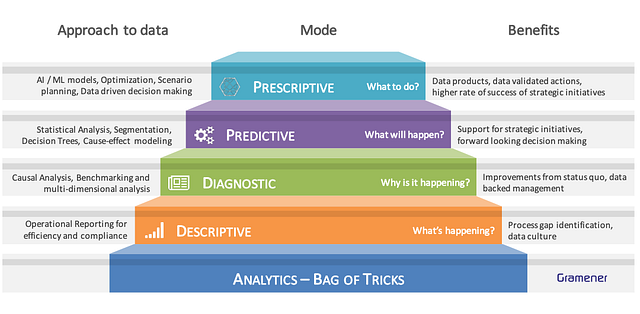
Classes of analytical techniques and the questions of interest
Puzzled where to setup the Gramener product team during our early years, we turned to Github for a simple, data-driven solution. Most Indian cities paled in comparison to Bangalore which offered a vibrant ecosystem of highly connected geeks in Python/Javascript, with ample scope for future referrals. And, that’s where we went.
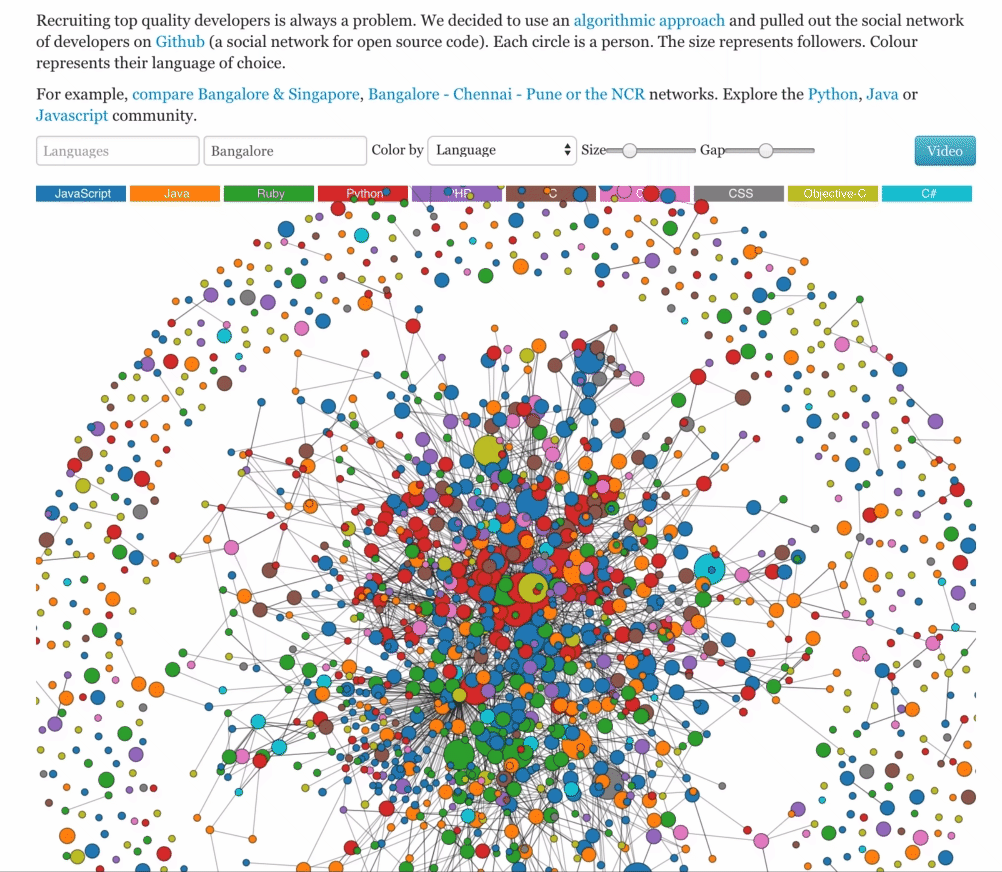
Github network of coders in Bangalore. Check full demo on the Gramener website
3. Tools don’t matter, it’s all about the approach
While starting analytics initiatives, organizations scramble to decide on the right tool to deliver the magic. Well, some good news and bad news. Good news is that you don’t need fancy tools or pricey investments. The bad news is that a fire-and-forget approach won’t work and it needs much more thought.
Value from HR analytics is all about the approach, quite like other domains. The algorithms need as much context, as the computing power. For usecases like employee attrition modeling, starting with all available factors, one must carefully pare this down by investigating the relevance and relationships.
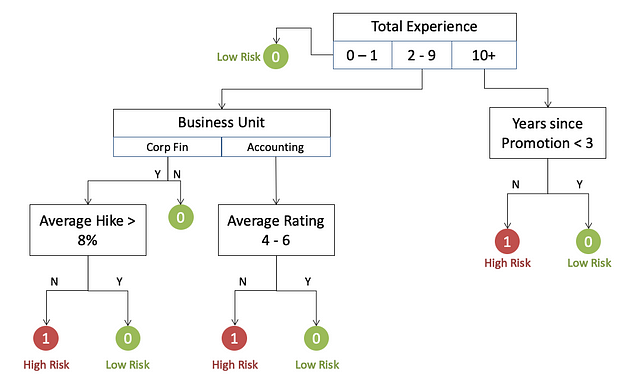
Decision tree model to predict employee churn at a Financial organization
A churn model was built to manage employee attrition at a large retail bank. While a decision-tree was more explainable, the accuracy was higher with logistic regression. But, the entire solution was more effective when presented along with a statistical analysis of reduction in attrition that each factor delivered.
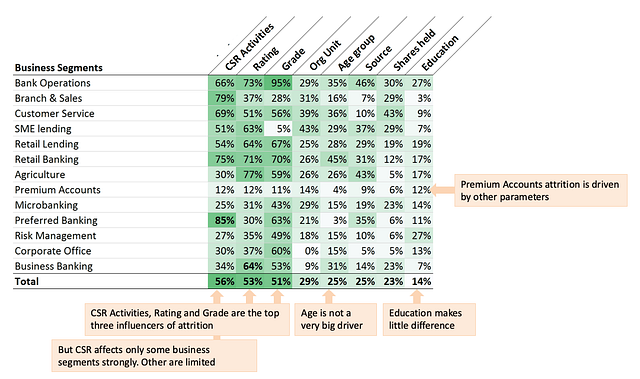
Factors that influenced attrition in a Bank, higher percentage indicates bigger impact
Takeaways
HR analytics can deliver tremendous value for organizations. As a recommendation to tap into this power, one must:
- Get creative in identifying newer sources of data for intelligence
- Leverage power of the full analytics spectrum, from descriptive insights
- Place business context and approach at the center, to drive the initiatives
To ensure that the recommendations actually see the light of day, keep the models interpretable and analytical results explainable. This is key to win over the confidence of decision makers, and get the HR stakeholders conversant in leading the analytics-driven interventions.



